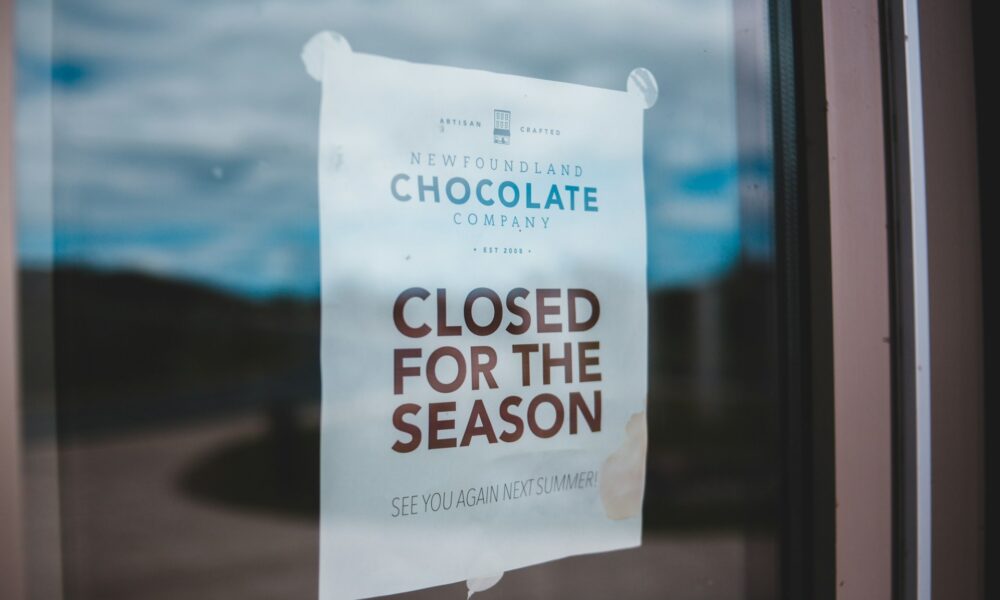When a business or individual faces mounting debt, terms like “insolvency” and “bankruptcy” often come into play. These two concepts are frequently used interchangeably, yet they represent distinct stages in the financial distress process.
Understanding the differences between insolvency and bankruptcy is crucial for making informed decisions about your financial future, whether you’re managing personal debt or navigating a business finance crisis.
This blog provides a clear breakdown of what insolvency and bankruptcy mean, the nuances between them, and the debt solutions available for either scenario. By the end, you’ll gain clarity on how to approach financial challenges responsibly and strategically.
Defining Insolvency
What is insolvency?
At its core, insolvency refers to a state where an individual or business cannot meet its financial obligations as they come due. Simply put, insolvency means you owe more than you can pay.
There are two primary types of insolvency:
- Cash flow insolvency
This occurs when you don’t have enough liquid assets to pay debts, even if your overall assets surpass your liabilities.
- Balance sheet insolvency
This occurs when liabilities outweigh assets, even if some debts are being met temporarily.
Common causes of insolvency
Several factors can lead to insolvency, including poor cash management, excessive borrowing, market downturns, or unexpected expenses. Regardless of the cause, insolvency indicates financial distress but does not necessarily mean legal proceedings have begun.
Defining Bankruptcy
What is bankruptcy?
Bankruptcy is a legal process triggered when an insolvent individual or business formally declares an inability to repay debts. Bankruptcy provides debtors with legal protection from collection efforts while allowing them to restructure or discharge certain debts.
How does bankruptcy work?
The bankruptcy process varies by jurisdiction but generally involves filing a petition with a court. Once approved, a court oversees the distribution of assets to creditors and evaluates whether debts should be partially or fully eliminated.
Types of Bankruptcy
For businesses and individuals in the U.S., the most common forms of bankruptcy are:
- Chapter 7 (Liquidation): Assets are sold off to repay creditors, and the remaining debts are discharged.
- Chapter 11 (Reorganization): Businesses continue operations while reorganizing debt under court approval.
- Chapter 13 (Debt Adjustment): Individuals restructure debts into manageable monthly payments over a set period.
Key Differences Between Insolvency and Bankruptcy
While related, insolvency and bankruptcy are not synonymous. Below are the critical differences to understand:
- State vs. Process
Insolvency is a financial state indicating an inability to pay debts. Bankruptcy, on the other hand, is the formal legal process undertaken to resolve insolvency.
- Voluntary vs. Court-Initiated Action
A business or individual can be insolvent without filing for bankruptcy. Filing for bankruptcy is a conscious legal step, often taken to protect assets or eliminate crippling debts.
- Legal Consequences
Insolvency lacks the legal ramifications of bankruptcy. Bankruptcy dictates how debts are managed under the law, how creditors are paid, and what financial obligations remain.
- Outcome
Insolvency doesn’t always lead to bankruptcy. There are alternative debt solutions like negotiations or payment plans that might prevent bankruptcy.
Signs of Financial Distress to Watch For
Recognizing early signs of insolvency can help mitigate potential bankruptcy. Some red flags include:
- Consistent difficulty paying bills
- Rising debt-to-income or debt-to-asset ratios
- Missed financial deadlines
- Over-reliance on credit for daily expenses
- Pressure from creditors demanding payment
If your business experiences any of these challenges, it’s essential to act proactively by exploring strategic debt solutions.
Debt Solutions for Insolvency Without Filing for Bankruptcy
Filing for bankruptcy is a significant decision with long-term consequences. Before reaching that point, individuals and businesses can consider alternative debt resolution strategies:
- Debt restructuring
Negotiate new payment terms directly with creditors to make repayments manageable within cash flow constraints.
- Debt settlement
Some creditors may accept partial repayment in exchange for forgiving the remaining balance.
- Asset management
Selling non-essential assets to raise cash can resolve immediate debts and regain financial stability.
- Seeking professional advice
Financial advisors, accountants, or legal professionals specializing in business finance can help create tailored solutions to address insolvency without declaring bankruptcy.
Role of Bankruptcy in Severe Financial Crises
When all other debt solutions fail to manage insolvency, bankruptcy may be the most practical option.
Often viewed as a last resort, bankruptcy can provide essential relief during extreme financial distress by halting creditor actions, allowing for debt reorganization, or discharging substantial debts entirely.
However, filing for bankruptcy requires thorough deliberation. Carefully consider your future financial goals and the significant legal implications before proceeding.
To learn more about how filing for bankruptcy through this website can guide you toward financial recovery, explore our resources today.
Taking Control of Your Financial Future
Navigating insolvency vs bankruptcy decisions can be intimidating, but understanding the differences equips you with the knowledge to tackle financial challenges head-on.
Whether you’re evaluating debt solutions for a struggling business or exploring options to manage personal financial distress, the key lies in early intervention and seeking credible guidance.
When facing financial hurdles, act promptly. The sooner you explore your options, the greater your chances of finding a sustainable solution tailored to your situation.




